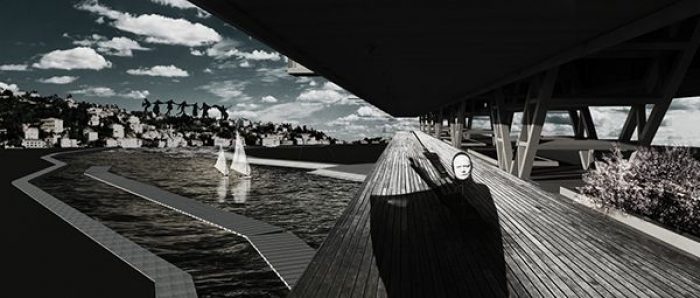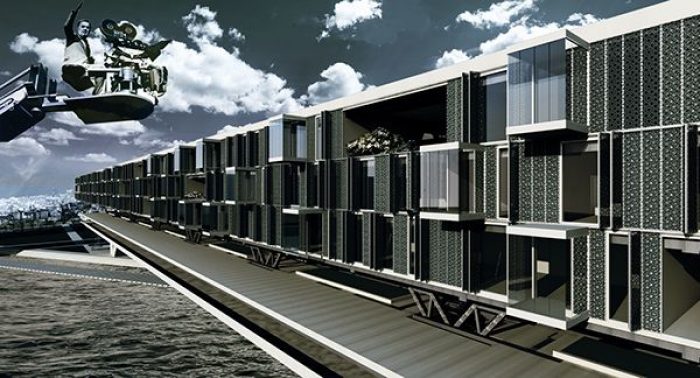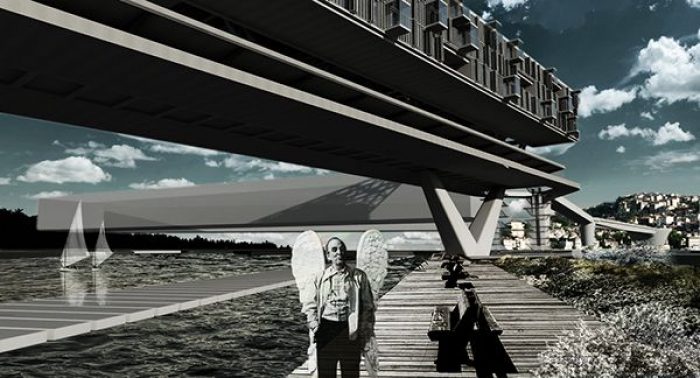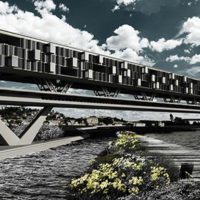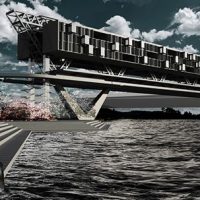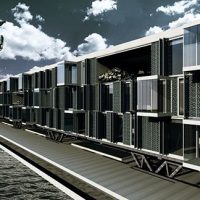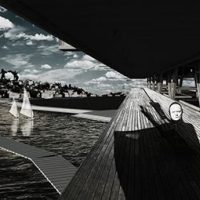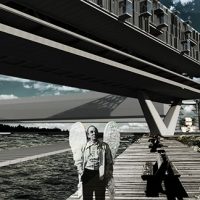Another great project from our colleagues from Bulgaria. Here’s what Katerina Vaseva says about her project…
The Golden Horn is an 8 km-long arm of the Bosphorus that goes right into the heart of Istanbul. It is located next to the historical peninsula, the administrative and commercial core of the Ottoman Empire. At the time of Ottoman Istanbul, the Golden Horn functioned as a natural harbor and as a center of commerce and ship construction.Following the formation of the Turkish Republic, the Golden Horn was alloted for industrial activities. Throughout the following decades around 700 factories and more than 2,000 related businesses were opened along its shorelines.
In the 1980s industry was relocated to the city periphery and large tracts of empty, desolate and contaminated land were opened. Redevelopment of the former industrial coastline became a key issue as Istanbul started being envisioned as a “global city” with a distinctive cultural and historic character. Accordingly, Golden Horn’s ambitious regeneration programs aim to reinvent the waterfront as a global cultural destination through a package of flagship cultural projects. However, their implementation is compromised.

Nowadays, similarly to many historical waterfronts worldwide, the Golden Horn carries the destructive traces of rapid industrialization over the past few centuries and the consequent transition to postindustrial economy. The reasons for this lie partly in the inherent weaknesses of the traditional “regeneration-through-culture” model, yet the case of Istanbul cannot be fully explained through the concepts usually applied to describe and analyze redevelopment efforts in Western cities, such as gentrification, entrepreneurialism, public-private partnerships etc.
At the same time, its central location and proximity to water make it especially attractive for investments and therefore, a reevaluation of its regeneration program and its ability to respond to Istanbul’s unique character and problems is once again, crucial.
The thesis consists of four parts:
PART I: Analysis of the ongoing regeneration efforts in the global context of postindustrial waterfront regeneration practices;
PART II: Developing an alternative framework for regeneration, modifying and complementing the existing efforts;
PART III: A detailed urban planning proposal for the northern part of the Golden Horn;
PART IV: A residential living bridge as part of the detailed proposal.
Jovana Milovic
- Courtesy of Katerina Vaseva
- Courtesy of Katerina Vaseva
- Courtesy of Katerina Vaseva
- Courtesy of Katerina Vaseva



